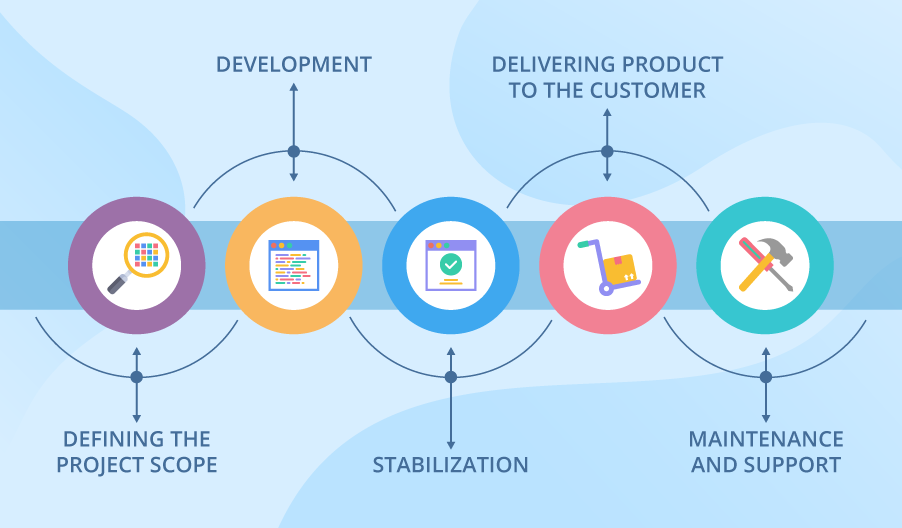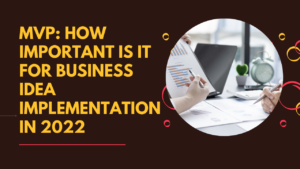Software testing is an important part of the Software development lifecycle (SDLC) because it ensures that a software product’s quality is good enough to meet the needs of end-users and the company. How do you ensure that the software testing process runs as smoothly as possible? Continue reading to learn about the best QA methodologies and methods for getting the most out of your research with help of Tech2globe.
Set testing goals
QA engineers should evoke the client’s preferences and testing specifications at the outset of a software testing project. This entails elucidating the following:
The expectations of the clients
QA engineers will structure the testing process to meet the needs of clients by being mindful of the problems they want to address by testing and the requirements they use to evaluate the effectiveness of testing. Furthermore, defining criteria aids research professionals in estimating the resources required for testing.
The priorities of the client
At this stage, QA engineers must obtain a product functionality specification as well as a feature list with the highest priority features to be tested first. QA developers from Tech2globe will need to know who the product’s key customers are and how they’ll use it.
QA engineers advise clients of the types of testing that are typically applied to a specific type of product and why so that clients can determine which types of testing they want to apply to their own software project.
Reporting on results
The QA team must understand which bugs to report, what details to include in reports, and how to format reports. The client and the QA team should also talk about the conditions and frequency of regression testing and retesting.
Communication
A meeting schedule and contact channels must be established between the client and the QA team. The client must decide who the QA team can contact if they have any questions or need more details about the project. Additionally, the QA team must know if the client wants any non-standard documentation, such as test details, test reports, or time reports.
Benefits of a QA team
Setting testing objectives and criteria has many benefits, one of which is that the team can determine the scope of tasks to be performed and schedule the testing process accordingly.
Overall, eliciting research standards aids both the client and the QA team in determining the client’s ability to achieve their objectives through testing. As a result, the customer will be less likely to have unrealistic expectations and will be more satisfied with the outcomes at the end of the testing phase. Understanding the expectations and specifications of a client helps QA engineers to achieve results that the client requires and is happy with. This also aids the QA team in establishing a positive reputation.
Benefits for the client
The client benefits from a consistent QA workflow because it keeps them informed about the full scope of testing projects, the expected cost of services, and the timetable for all QA activities. The client will schedule the release date and create a marketing strategy once the testing deadline is known.
Clients should have reasonable expectations about the testing process until testing criteria are explained. As a result, the test findings are more likely to achieve the client’s objectives.
Conclusion
Shift left checking is one of the most important quality assurance best practices. This method involves beginning the testing phase of the SDLC as early as possible. This means that the research team is active earlier in the development process than in conventional approaches such as waterfall, where testing activities do not begin until after the development stage is completed.
Identifying and removing bugs early in the SDLC is less expensive than doing so later when product production is nearly complete. According to Tech2globe, finding bugs after they’ve been released can cost up to 30 times as much as finding them during the design process.










